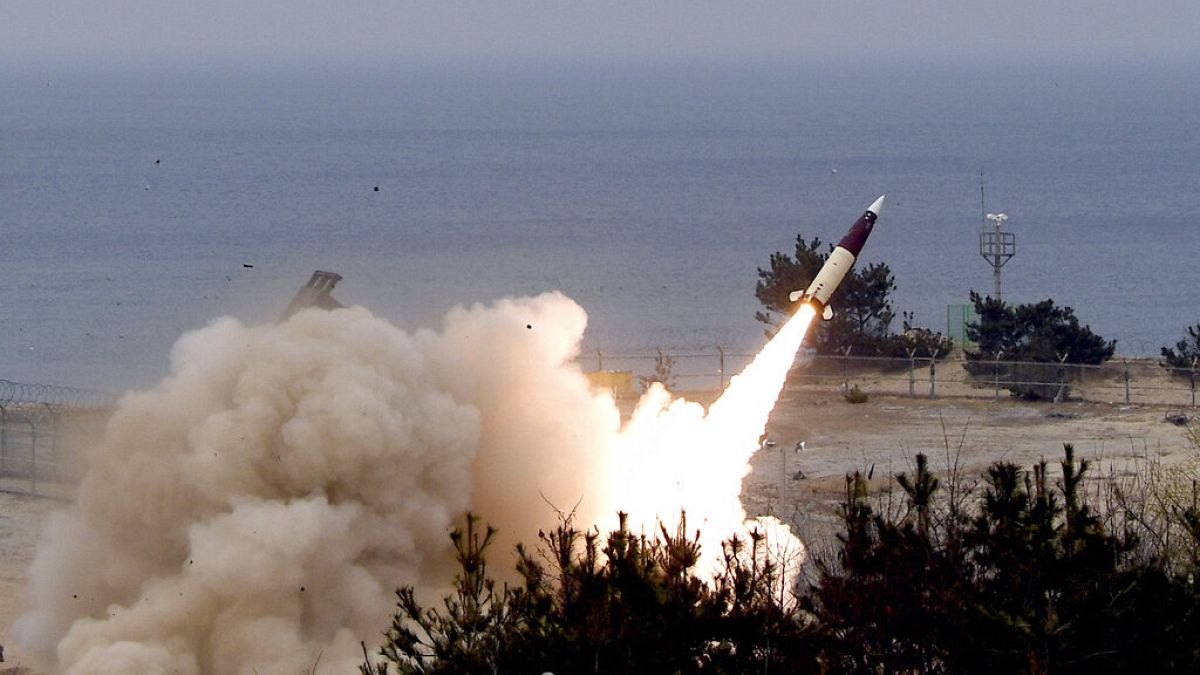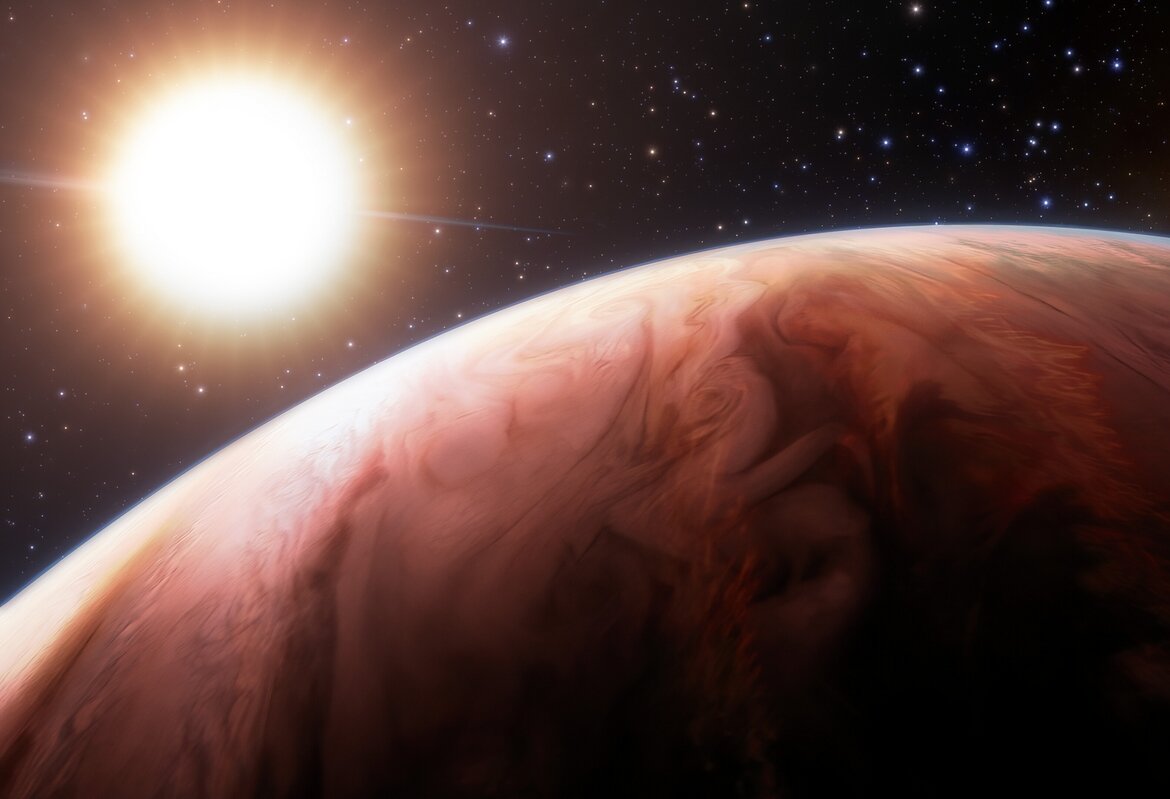The composition of the atmosphere of a gas giant located 634 light-years away suggests that it once swallowed a smaller planet.
WASP-76b a Science Alert It is famous for being one of the hottest exoplanets in the galaxy. The world orbits so close to its star that it rotates around it only every 1.8 days, making its temperature exceed 2000 degrees Celsius.
Previous analyzes of its atmosphere indicate that liquid iron falls on its surface in the form of rain.
An international team of astronomers led by Stephane Pelletier, an astronomer at the University of Montreal in Canada, is conducting research on the planet, during which at least 11 separate elements have been identified in the gas giant’s atmosphere.
“It’s really rare for an exoplanet hundreds of light-years away to teach us something we might not know about our solar system,” Pelletier says.
WASP-76b isn’t the hottest exoplanet in the galaxy, but it’s close. These worlds are called “hot Jupiters,” gas giants so close to their star that their temperatures are astonishing. Although hot planets are often gas giants with masses similar to Jupiter, their radii are much larger because their atmosphere expands due to heat.
This is the case for WASP-76b: its mass is about 90% that of Jupiter, and its radius is exactly 185%. It revolves around its star so that it passes between us and the star, meaning that the star’s light shines through the outer planet’s atmosphere during the transit. This allows astronomers to analyze starlight to see how it changes, and dissect the spectrum to see which elements are causing these changes.
Pelletier and his colleagues made their observations using the Gemini North telescope’s MAROON-X instrument and identified elements circulating in the atmosphere.
In addition to the iron already observed, the team found sodium, calcium, chromium, lithium, hydrogen, vanadium, magnesium, nitrogen, manganese, potassium and barium.
They also found some vanadium oxide, which is particularly interesting: this is the first time this molecule has been clearly detected on an exoplanet.
“This molecule is of great interest to astronomers because it can have a significant impact on the structure of the atmosphere of hot giant planets,” explains Pelletier. “This molecule plays a similar role to ozone, which as we know is very effective in heating the Earth’s upper atmosphere.”
Interestingly, the ratios of some of the elements they found were very similar to those observed in the star WASP-76b, and the Sun as well. But they are very different from the numbers observed on rocky planets such as Earth, Venus, Mars and Mercury. This may provide evidence of the formation of gas giant planets.
Rocky planets form gradually, from the inside out, as rocks stick together as if a rolling snowball eventually becomes a giant snowball. Stars are the exact opposite, a huge cloud of gas that condenses into a mass of matter, which, upon reaching a critical mass ratio, collapses under the influence of gravity, and nuclear fusion begins. The similarity between the composition of WASP-76b and its star could mean that gas giants – or at least some gas giants – are shaped like stars.
“This is the first study to measure with high precision the abundance of chemical elements such as nickel, magnesium and chromium in any giant planet,” says astrophysicist Mohammed Ali Deeb of New York University Abu Dhabi, United Arab Emirates.
“The deviation of its values from expected allowed us to conclude that WASP-76b could have absorbed another, much smaller planet with the same chemical composition as Mercury.”
The results suggest that we are only just scratching the surface of what these strange and extreme worlds can tell us about the different ways planets could form and exist in our galaxy.
“Generations of researchers have used the measured hydrogen and helium contents of Jupiter, Saturn, Uranus and Neptune to compare theories about how the gaseous planets formed,” Beinecke says.
“Similarly, measurements of heavier elements such as calcium or magnesium by WASP-76 bn will help deepen our understanding of the composition of gaseous planets.”
This might also be interesting:















_(1).jpg)


























